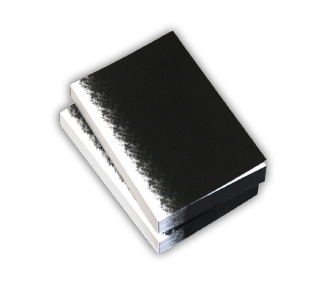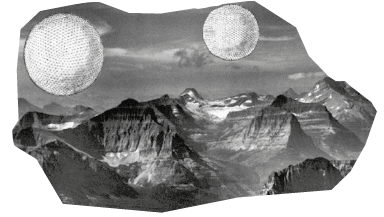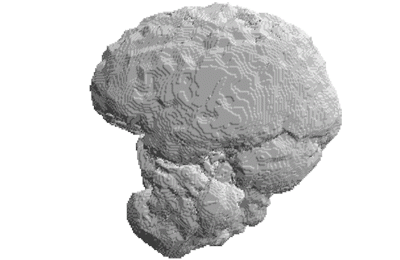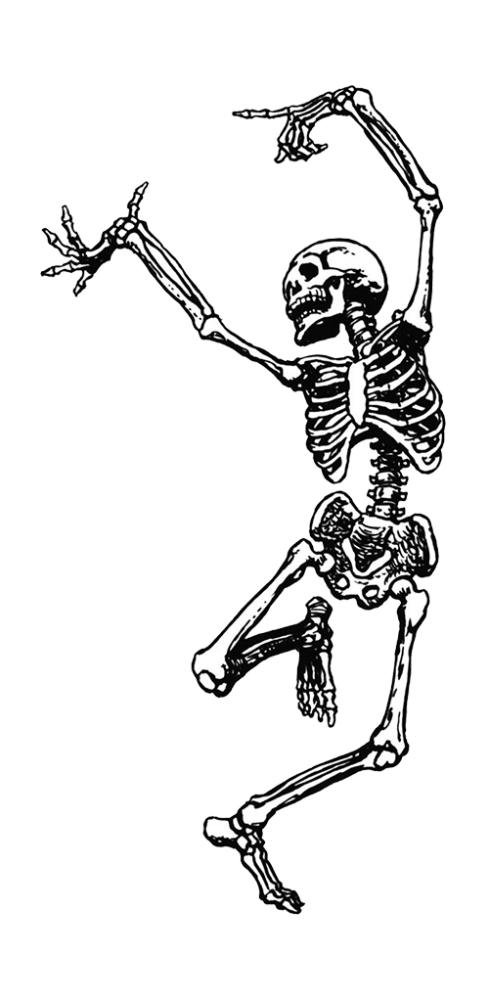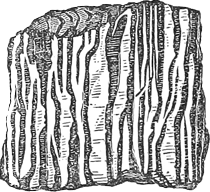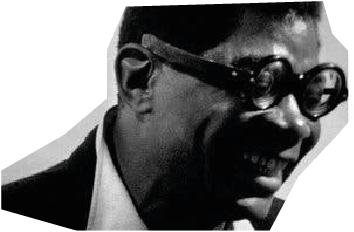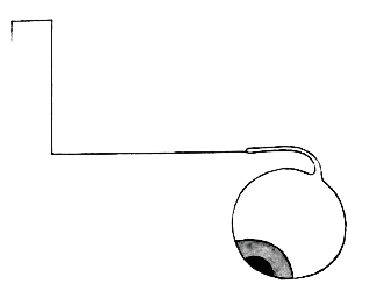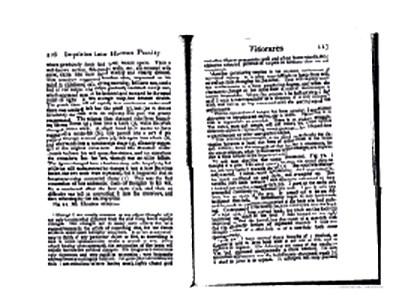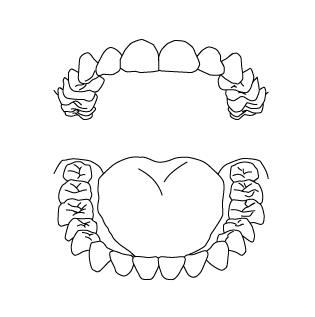Non-knowledge, Laughter and The Moving Image Seminar HFBK SoSe 21
Seminar scheudle here (please login to see it): https://deroffenemund.de/
Collective Board (for shared notes, material and links) :
miro.com/app/board/o9J_lDvX3f0=
22 Juni
Sunstone tracks Fresnel lenses from their site of production to their exhibition in a museum of lighthouses and navigational devices. It examines the diverse social contexts in which optics are implicated, contrasting the system of triangular trade that followed the first European arrivals in the “New World” with the political potential seen in Op art in post-revolutionary Cuba. Incorporating 16mm celluloid images, digital desktop captures, and 3D CGI, the film also maps a technological trajectory: from historical methods of optical navigation to new algorithms of locating, from singular projection to multi-perspectival satellitic visions. Registering these technical advances progressively through the film’s materials and means of production, Sunstone creates “a cinema of affect, a cinema of experience—an Op film.”
Filipa César is an artist and filmmaker interested in the fictional aspects of the documentary, the porous borders between cinema and its reception, as well as the politics and poetics inherent to the moving image and imaging technologies. Since 2011, she has been researching the origins of the cinema of the African Liberation Movement in Guinea Bissau as a laboratory of resistance to ruling epistemologies. The resulting body of work comprises 16mm films, digital archives, videos, seminars, screenings, publications, ongoing collaborations with artists, theorists, and activists, and is the basis for her Phd thesis at FCSH-New University of Lisbon. César’s genre-bending film and video work bridges contemporary and historical discourses, which also features in her writings. César premiered her first feature-length essay film Spell Reel (2017) at the Forum section of the 67th Berlinale. Selected exhibitions and screenings have taken place at the 29th São Paulo Biennial (2010); Manifesta 8, Kunstwerke, Berlin (2013); SAAVY Contemporary, Berlin (2014-15); Tensta Konsthall, Spånga (2015); Mumok, Vienna (2016); Contour 8 Biennial, Mechelen, Gasworks, London, MoMA, New York (2017); The Harvard Art Museums, Boston (2018); and HKW, Berlin (2019), among others.
Louis Henderson is a filmmaker who is currently trying to find new ways of working with people to address and question our current global condition, defined by racial capitalism and the ever-present histories of the European colonial project. The working method is archaeological. Since 2015, Henderson has been collaborating with the curator, producer, writer, and performer Olivier Marboeuf on a variety of projects including talks, exhibitions, screenings, workshops, a play, short films, and the production of a feature film. Henderson has shown his work at places such as Rotterdam International Film Festival, The Netherlands; Doc Lisboa, Portugal; CPH:DOX, Copenhagen; New York Film Festival, US; The Contour Biennial, Belgium; The Kiev Biennial, Ukraine; The Centre Pompidou, France; SAVVY Contemporary, Germany; The Gene Siskel Film Center, US; Gasworks, London; and Tate Britain, UK. His work is in the public collection of the Centre National des Arts Plastiques, France. //
Louis Henderson and Filipa Cesar: Op-Film an Archaeology of Optics: Interview with artist / filmmakers Filipa César and Louis Henderson about their collaborative exhibition at Gasworks, 'Op-Film: An Archaeology of Optics' (27 April - 25 June 2017). //
14 Juni
TABITA REZAIRE, DEEP DOWN TIDAL // TABITA REZAIRE, PREMIUM CONNECT // TABITA REZAIRE, SORRY FOR REAL //
Wahab:
Tongue of the Hidden - Short Film
UK / 2007 / 5mins / dir. David Alexander Anderson. Calligraphy, translator and narrator: Jila Peacock / English
The poet Hafez, also known as the Teller of Secrets, used the language of human love and the metaphors of wine and drunkenness to describe his desire for the Divine and intoxication with the mysteries of the Universe. //
Other ref.
Donna Haraway - Staying with the Trouble: Making Kin in the Chthulucene
Stefano harney & Fred Moten -the undercommons fugitive planning & black study
7 June
Presentations: Lena Kunz and Yusuf Elbasi
Forensic Architecture 2017, Counter investigating the testimony of Andres Temme in relation to the murder of Halit Yozgat // Forensic Architecture, The Killing of Tahir Elçi // Forensic Architecture, The Beirut Port Explosions (English) // Forensic Architecture and Praxis Films, Triple-Chaser (2019) //
1 June
presentations: Michel Balke and Benjamin Janzen
Michel Balke, Multidimensionale Prozesse #001 // Michel Balke, Multidimensionale Prozesse #004 // Michel Balke, Multidimensionale Prozesse #003 // Michel Balke, Multidimensionale Prozesse #002 //
other references that came up:
Michel:
forensic-architecture.org
Benjamin:
Sondra Perry sondraperry.com
Donna Haraway vimeo.com/214924486
Jenna Sutela jennasutela.com
25 May, Trinh T. Minh-ha, the 4th Dimension
Trinh T. Minh-ha talk // the fourth dimension (2001) // Trịnh Thị Minh Hà: On Fourth Dimension | SAVVY Contemporary 2017 // Trinh T. Minh-ha, Reassemblage (1983) // Trinh T. Minh-ha, text: Not You/Like You // ..more Trinh T. Minh-ha films on UBU web //
18 May
Presentations: Hala, Cora and Lisa
Ref literature:
Ursula K. Le Guin: Listening to the Unheard Voices // Haptic Aesthetics, Laura Marks // Cordwainer Smith, Alpha Ralpha Boulevard //
Marks argued, following Deleuze and Guattari and Merleau-Ponty, that haptic images in cinema, by closing the distance between image and viewer, encourage an embodied relationship to the image that involves the non audiovisual senses and calls on bodily memory. In the more common optical images, cinema isolates the object of vision from the viewing subject, permitting the mental distance that allows a viewer to "identify with" a figure. Haptic images, by contrast, delay resolution, figuration, and meaning, insofar as all these require mental distance. But since such images are easy to ignore, they require some volition or interest on the part of the viewer; hence Marks proposed the term "haptic visuality," which emphasizes the viewer's inclination to perceive in a haptic way.
Cinema achieves haptic qualities through low resolution, soft focus, blur, a high degree of detail, shallow focal plane, close-ups, texture, or images oftextured objects. Low-resolution and damaged media, such as scratches on film, analog and consumer-grade video, and digital "glitch," may produce a haptic effect. In this way haptic images can give rise to a feeling of shared embodiment with something that is damaged and mortal. This threat reminds us of the attraction of optical images, which reassure a viewer of her wholeness and the immortality of her soul, fictional though these may be./
Laura Marks, Haptic Aesthetics
4 May
11.00-14.00 Rosa Menkman: Resolution studies and the Im/Possible Image.
Rosa Menkman Website // The BLOB of Im/Possible Images //
Rosa Menkman, Artist Talk: Resolution studies and the Im/Possible Image, 4 May 2021 //
Online Artist Talk/Discussion: Rosa Menkman, Resolution studies and the Im/Possible Image.
11.00-13.00 ZOOM
Menkman's work focuses on noise artifacts that result from accidents in both analogue and digital media (such as glitch and encoding and feedback artifacts). The resulting artifacts of these accidents can facilitate an important insight into the otherwise obscure alchemy of standardization via resolutions. The standardization of resolutions is a process that generally imposes efficiency, order and functionality on our technologies. It does not just involve the creation of protocols and solutions, but also entails the obfuscation of compromises and the black-boxing of alternative possibilities, which are as a result in danger of staying forever unseen or even forgotten Through her research, which is both practice based and theoretical, Menkman intends to uncover these anti-utopic, lost and unseen or simply "too good to be implemented" resolutions -- to find new ways to understand, use and perceive through and with our technologies.
In 2011 Menkman wrote the Glitch Moment/um, a little book on the exploitation and popularization of glitch artifacts (published by the Institute of Network Cultures), co-facilitated the GLI.TC/H festivals in both Chicago and Amsterdam and curated the Aesthetics symposium of Transmediale (2012). She have also been part of the curatorial team of Sonic Acts (2016-2017). Between 2012-2014, Menkman curated four exhibitions that illuminated the different ecologies in which glitch (art) developed. In 2015 she initiated the institutions for Resolution Disputes [i.R.D.], a solo show at Transfer Gallery New York. The i.R.D. are institutions dedicated to researching the interests of anti-utopic, lost and unseen or simply "too good to be implemented" resolutions. As an undertone, the show featured a showcase of the different complexities in compression (dots, lines, wavelets, blocks and vectors). In follow up exhibitions, Behind White Shadows (2017) and Shadow Knowledge (2020) and Im/Possible Images (2021) Menkman developed and highlighted the politics of resolution setting further, which resulted in a second book titled Beyond Resolution (i.R.D., 2020). In 2019 Menkman won the Collide, Arts at CERN Barcelona award, which came with a 3 month residency that inspired her recent research. From 2018 - 2020 she had a Vertretungs Professorship Neue Medien & Visuelle Kommunikation at the Kunsthochschule Kassel.
14.00-15.00 Annika Larsson / Isabel Gatzke: Thinking with the Moving Image - E.I The Blob
What are the challenges for working together across human-non-human boundaries? How could the Laughing Body and the Moving Image, as non-human and non-conscious agencies, challenge our notion of human agency and lead us to other places of power where meaning and matter are intra-twined? What new forms of collaboration emerge when we re-situate ourselves as spontaneously responsive, moving, embodied living beings? Who is making whom, in a reality of continuously intermingling? What new worlds and futures could open up if we accept the possibility of notknowing? When working together with digital machines and systems, how do we challenge their inherited closeness and predictability?
Annika Larsson and Isabel Gatzke will present the ongoing project E.I the Blob, which is an interactive and evolving “image-organism” sensitive to affect and to being affected. Playing a central role in the artistic research project “Non-knowledge, Laughter and the Moving Image” E.I the Blob has allowed us to rethink our relation to the moving image and see it as an “intra-active” vibrant body. E.I the Blob shifts our attention away from the moving image as well as the body as forms of representations, instead moving us towards them as materials of psychic intensities and fields of individuation. Thus, we neither see the moving image and the affective body as tools or a property that we as subjects can control and own, nor do we look at them as separate entities with closed borders that we are studying from outside. Instead we are interested in a research entangled with them where we could learn from and with them, and from where new temporary borders and becomings could emerge.
The talk will be also be open to students at RIA Stockholm
Isabel Gatzke, has a MA in Dramaturgy from the ZHDK in Zurich. Her practice as a dramaturge is mostly based in the field of dance and performance where it is concerned with questions around the moving body, image and sense-making as well as forms of relating to each other that are not structured in a logic of »power over«. She is an research assistant for the artistic research project Nonknowledge, The Moving Image and the Laughing Body.
Non-knowledge, Laughter and the Moving Image is an artistic research project led by Annika Larsson. The project is founded by the Swedish Research Council and done in collaboration with The Royal Institute of Arts in Stockholm and the HFBK-Hochschule für Bildende Künste Hamburg. //
27 April
How to Denaturalise the Image (Susan Schuppli)
Susan Schuppli, NOT PLANET EARTH or How to Denaturalise the Image? //
Susan Schuppli, Trace Evidence, 2016 (8 min extract) //
Susan Schuppli, Atmospheric Feedback Loops, 2017 (4.23 min extract) //
Susan Schuppli: 'Dark Matters - Bearing Material Witness to Climate Change', usan Schuppli: Dark Matters
28 November 2015 Sonic Acts //
Susan Schuppli - Final Thoughts, Sonic Acts 2018 //
Susan Schuppli, Material Witness, lecture by Susan Schuppli as part of the Visual Cultures: Fields Report programme, Goldsmiths Visual Culture department, 2020-21 //
Zacharias Kunuk, Inuit Knowledge and Climate Change //
Clip Nostalgia for the Light, dir. Patricio Guzman, 2011, 90 mins. (1.48 min) //
20 APRIL
Talk: Katharine Jarmul, AI + Us: Exploring the entanglements of AI in our lives and society //
Talk: Katharine Jarmul
AI + Us: Exploring the entanglements of AI in our lives and society
What is our relationship with AI today and how has it progressed and changed with the expansion and use of AI in our daily lives? We'll discuss how we interact with AI emotionally, rationally and irrationally and how those interactions affect our ability to see AI for what it is. We'll also explore critique of AI systems, both artistic and political, in an effort to begin to question the often overlooked and unspoken "norms" we have created by allowing AI systems ever more reach in our lives and our society.
Katharine Jarmul is Head of Product at Cape Privacy, an encrypted machine learning platform. She is a passionate and internationally recognized data scientist, programmer, and lecturer. Previously, she held numerous roles at large companies and startups in the US and Germany, implementing data processing and machine learning systems with a focus on reliability, testability, privacy and security.
13 APRIL
SEMINAR 13 APRIL 2021: Barbara Hammer, Nitrate Kisses (1992), 1992, 66:55 min, b&w, sound, 16 mm film on video // Barbara Hammer (1939-2019), No No Nooky T.V., 1987, 11:52 min, color, sound, 16 mm film on HD video // Barbara Hammer, Feminist filmmaker and pioneer of queer cinema, Barbara Hammer made over 90 moving image works as well as performances, installations, photographs, collages and drawings // Text: Abstract strategies: A tendency Barbara Hammer //
“Whatever is unnamed, undepicted in images, whatever is omitted from biography, censored in collections of letters, whatever is misnamed as something else, made difficult-to-come-by, whatever is buried in the memory by the collapse of meaning under an inadequate or lying language - this will become, not merely unspoken, but unspeakable.” Adrianne Rich (quote included in Barbara Hammers film Nitrate Kisses)
About the Seminar:
In this seminar we will examine the moving image and the laughing (human and nonhuman) body’s potential to overturn our habitual course and change the order of things. We will look into situations in where bodies, images and sounds speak through unstable and unforeseen movements and encounters. How is this relevant today in a time with big data and algorithms? Like the sudden invasion of laughter that for a moment sets us off course, this seminar will explore ways in which we communicate beyond instrumental language, subjectivity and reason, to experience what moving images and bodies can do and how they can teach us about the limits of our thinking. The seminar includes excursions, practical moments, screenings, and discussions, together and with invited guests. This SoSe21 the seminar will be held mainly online.

